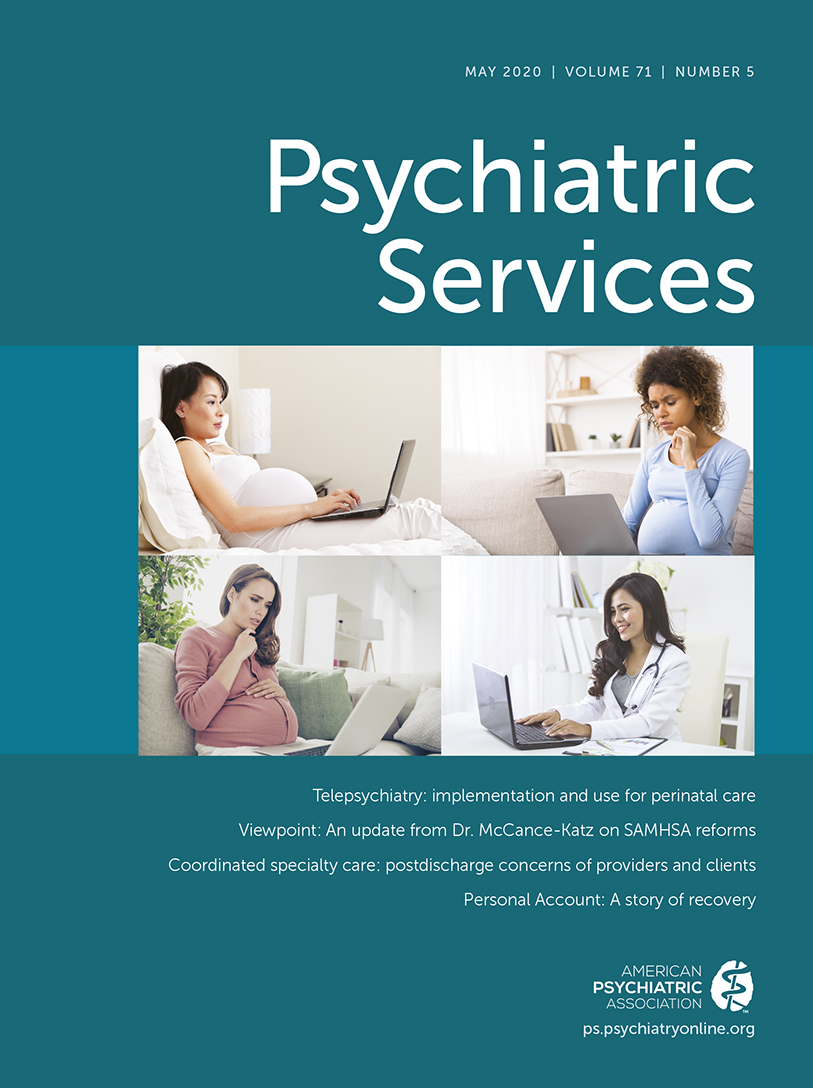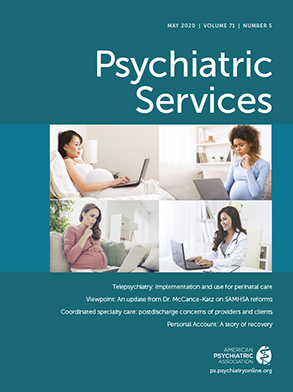Six hundred milligrams of quetiapine a day—a doctor acquaintance would later tell me it was enough to take down a horse. Exaggeration or not, within 5 minutes of taking my nighttime medication, I couldn’t keep from falling down and would sleep for over 12 hours straight. I was groggy all day. I was calm and controllable, but certainly not in control. My doctor viewed my behavior as evidence that I was well. And I understand that feeling groggy was better than the uncontrolled emotion and delusion of a full-blown manic episode. Feeling “comfortably numb” was the best I could expect. That Pink Floyd lyric took on even deeper personal meaning.
I was stable, but I didn’t have much of a life. This once dynamic, vibrant lawyer and Wharton School M.B.A. graduate was now expected to make do with nothing more than a sedated life. Forget prior career and family goals. They were all too much for me to achieve with this “handicap.” How could I question my doctor’s advice? Certainly, the number 1 priority was to prevent a future manic episode and hospitalization.
Despite the prescription-induced fog, I knew that I wanted a better life, as close to normal as possible. I understood the importance of respecting and treating my condition, yet I wanted to explore options for a more active and fulfilling life. I lobbied vigorously for a reduction in my quetiapine dose for months, but my doctor strongly resisted. It felt as though she had sentenced me to life as a zombie and would not consider the possibility of parole. As a result, I started experiencing suicidal depression. The choice I faced became clearer each day. It might have seemed risky, but doing nothing would have been a bigger risk.
I reached my epiphany in the wee hours of Sunday, April 10, 2016. I had been sleeping 14 hours a day for months, but for the past several days I couldn’t sleep at all. I was hypomanic, teetering on manic. I was trying not to show it, but it was nearly impossible to hide. I had begun fighting with my husband, who started to sense pressure building toward a potential full manic eruption. He said that he couldn’t deal with another “episode.” All weekend I had been exchanging emails with my psychiatrist. I was anguished. I had been very unhappy with her treatment for a long time, but she was highly esteemed, had impeccable credentials, and was my spouse’s trusted confidante about my treatment. Over 5 years, I had shared with her the most intimate and painful details of my life. Did I want to go through that again with someone new? Should I just settle with this existence? Could I even find anyone better?
That night I lay awake dreaming of a better life. Before dawn, I composed one more e-mail to my psychiatrist, this time terminating our relationship. In the past, these sorts of off-hour, pressured e-mails were a tell-tale sign for my friends and family that I was experiencing an episode of mania. I hesitated to send it for fear it would precipitate my hospitalization and its traumatizing physical and chemical restraints. But I knew that I had to make it clear that she was no longer my doctor. At 8:48 a.m., I summoned my courage and pressed the send button. Admittedly, the termination was medically unadvisable, and my husband was incensed. But I knew it was long overdue. Ultimately, it was lifesaving.
For the next 24 hours, I tried to stay as stable as possible. But remaining stable is extremely difficult when you have severe bipolar I disorder with psychosis and you’ve just been triggered. I had scheduled a consultation with another psychiatrist for the next day. He had agreed to see me, but not to treat me just yet.
In the preceding weeks, I had become increasingly consumed with finding a new doctor who might be able to treat my condition and allow me to live a full life. I spent countless hours researching on the Internet and firing off e-mail inquiries to find a top doctor. I hadn’t found anyone I liked. I live in New York City, home to hundreds of psychiatrists, but it was an inquiry to a psychiatrist in California that led me to a referral in another state. I knew little of this psychiatrist, and I wasn’t exactly in the best state of mind to make a careful and thoughtful assessment. In any event, I felt he was my only option. Although he had strong credentials, I was making a big leap to reject the care of my Manhattan-pedigreed doctor and restart with somebody new. Perhaps my hypomania was making me impulsive. Perhaps it was the fluttering of hope inside me, finally coming back to life after having lain dormant for so long. Early the next day, I was at Grand Central Station catching an interstate train, followed by a cab to his office. I didn’t know what to expect, but I hoped for the best.
I arrived early and anxious. He had no idea of all that had led up to that visit, and I didn’t want to give any indication of this being anything more than a regular consultation. But I am certain he knew I was not well. Within 5 minutes, we got to the heart of the matter. I wanted to stop taking quetiapine and would be open to exploring alternatives. We met for about 2 hours. He respectfully listened to all my concerns and carefully reviewed and discussed each one. He mapped out my pharmaceutical options on a whiteboard. He carefully explained each one, and its pros and cons, asked me for my preference, and provided his recommendations—until that moment, I had never experienced shared decision making. I followed his advice.
Within 48 hours, I went from sleeping 14 hours a day to 10 hours, and in the coming months, I was down to 8 or 9 hours. I had captured an additional 4 hours of daily awake time. Imagine what you could do with an extra 4 hours a day? It was like being given more life. Within 3 months, the changes were far more than I could have even imagined. In that time, he identified my parathyroid disease, concluded that I was able to carry a pregnancy, significantly reduced marital friction over my care, helped me lose over 50 pounds, helped me structure my days and be more productive, and all the while showed great care.
Above all, he nurtured my renewed hope for a fulfilling life. He guided me on my path to recovery and sustained me on my journey. I am now living my best life since I was first diagnosed over 15 years ago. Once he showed me that my illness could be treated and managed, I started to care more for myself so that I could achieve my potential. I began to envision a future that included not only bipolar disorder but also a life beyond it. Most important, I took more ownership of my condition and gained more control of my treatment. I began to work with a care team that includes a psychiatrist, a therapist, my spouse, and others.
I immersed myself in learning more about mental illness and recovery and began to recognize the benefits of peer support and sharing lived experience. Interacting with others with lived experience shows us that recovery is possible. It can reignite the hope dormant inside of us. So with the invaluable support of my spouse, I created ForLikeMinds, an online peer support community for people affected by mental illness. It allows members in similar circumstances to share their lived experience to rekindle hope, inspire, and inform each other’s recovery journeys.
The odds of recovery may seem daunting for those of us who live silently with a diagnosis of mental illness. Finding the right medical treatment is critical. Each and every day we are at risk of becoming a sobering statistic, but good medical treatment can significantly improve these odds. People with serious mental illness die significantly earlier than average. They are more likely to have a substance use condition, develop chronic disease, be arrested for crimes committed while ill, be unemployed, be dependent on government benefits, drop out of college, delay family planning, and have strained relationships with family. I myself had become a statistic many times over. Furthermore, of those who die from suicide, a great majority have a diagnosable mental disorder. The quantifiable costs to society of mental illness are in the trillions of dollars. Those statistics need not be so daunting. Those risks are too high and damaging to be accepted, without fighting them. We must take preventive actions to avoid allowing these risks to become our reality.
Our lives are the result of risks both avoided and taken. Those of us with mental illness tend to focus on avoiding risks brought on by our condition. But the biggest risk of all is not to take the risk of recovery—resigning oneself to a life defined by mental illness instead of embracing the possibilities of a fulfilling life. It is a risk that each of us must accept ourselves. Acceptance is the act of ownership essential to reaching recovery. Others can support us, but they can’t make us pursue recovery. The first act is to rekindle the hope that often lies long dormant within us. It is to believe that living with mental illness is living with possibility.

